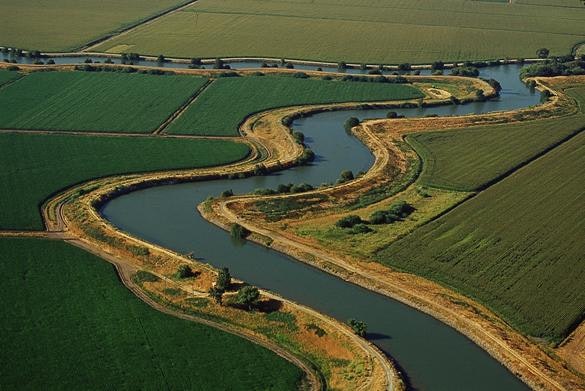History of the Delta

The Delta region is comprised of over 1200 miles of waterways protected by over 1000 miles of levees. The area is enjoyed and relied on by those seeking the rich agriculture of the region,
In 1839, John Sutter and 13 others traveled the delta region to search for settlement opportunities for others migrating from Europe. The group navigated the Delta waters, departing from Yerba Buena (San Francisco) and after 12 days they met up with the American River, making land at what would eventually become the capitol city (Sacramento).
During the Gold Rush period beginning in 1848, James Marshall—and then later thousands of others—set off to find gold in California. Voyages from Europe often took six months before making port in San Francisco. During this time, paddlewheel vessels traveled on the Delta waters from San Francisco, bringing the ‘49ers to the Northern California region now referred to as “The Gold Country.”

In 1850, the Swamp and Overflow Land Act resulted in the transfer of ownership of all swamp and overflow land from the federal government to the State of California—including Delta marshes. By 1871, most of the area was privately owned and developers began working on a levee system that turned out to be inadequate protection. Larger levees were constructed via steam-powered dredges and then later with a clamshell-type dredge. After World War I, nearly all of the Delta marshes had been reclaimed and the large tidal marsh had become the waterways and islands that we see today.
The Delta region is comprised of over 1,200 miles of waterways protected by over 1,000 miles of levees. The area is enjoyed and relied on by those seeking the rich agriculture of the region as well as the leisurely living and recreational opportunities offered. The Delta also is an essential habitat for fish and wildlife.
Those interested in learning more about the Delta’s historical significance may choose to visit Old Sacramento, home of the Sacramento History Museum and the California State Railroad Museum, and nearby Sutter’s Fort State Historic Park.
